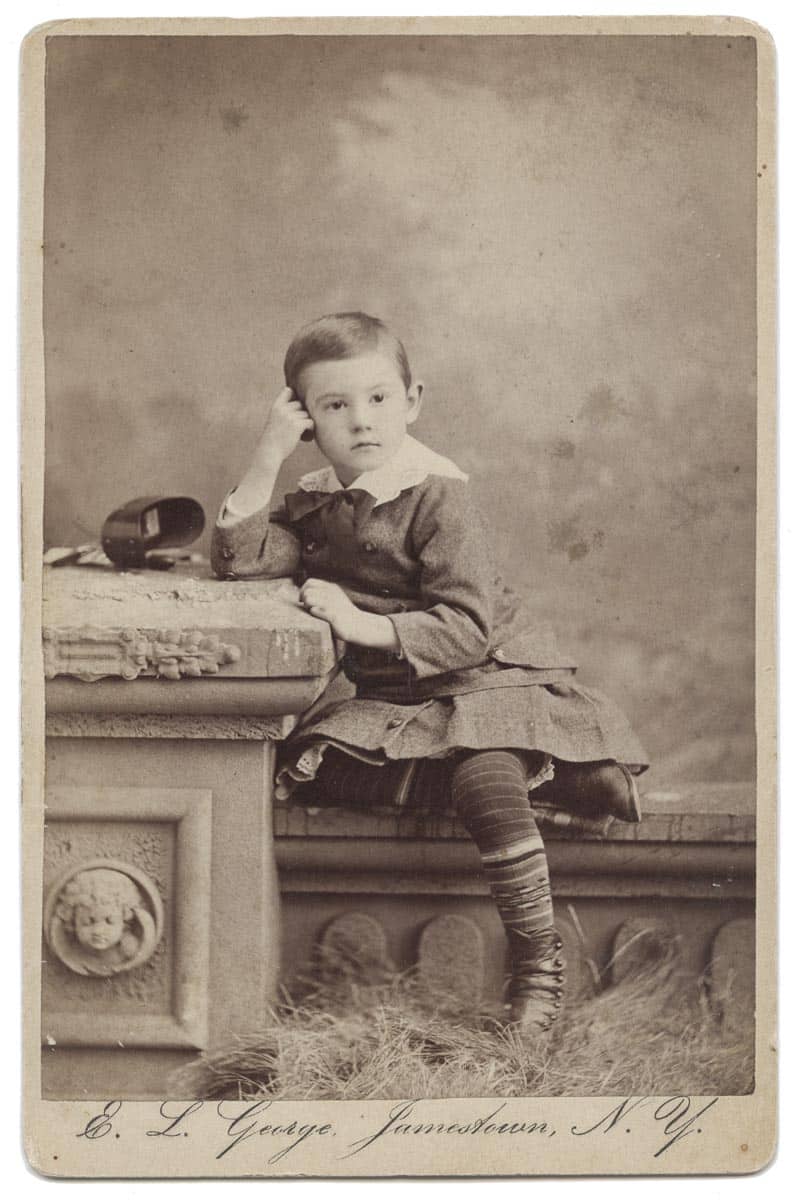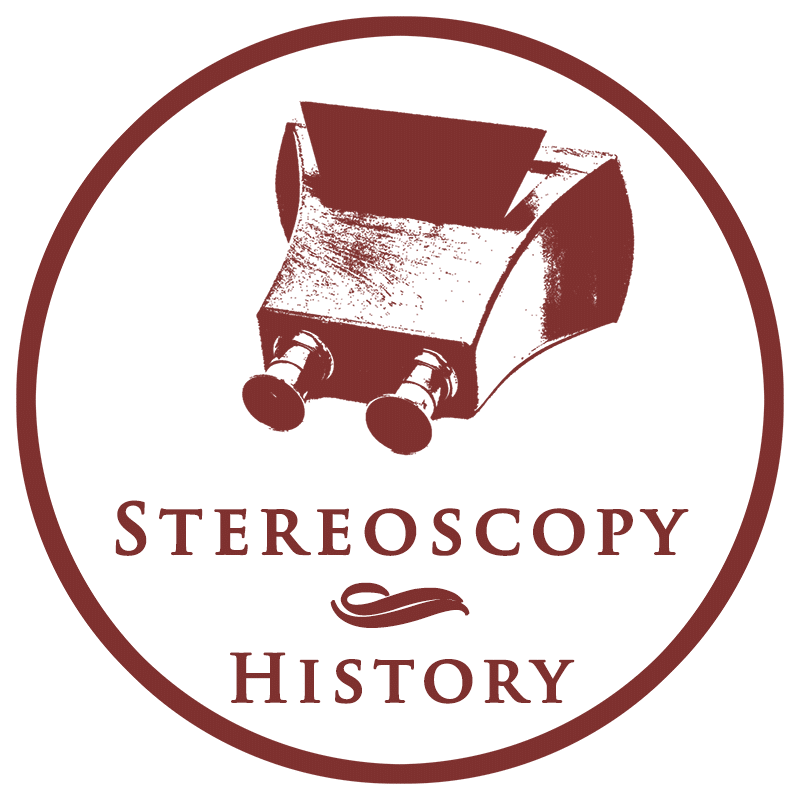
The cabinet card was a style of photograph which became popular in the late 19th century, following the earlier carte-de-visite. It was a form of photographic portraiture that allowed for larger images and thus more detailed and elaborate presentations. It became immensely popular in the United States and Europe by the 1870s and 1880s. A typical cabinet card consisted of a thin photographic print mounted on a card stock. The card was usually adorned with the photographer’s imprint, which included the studio’s name, address, and logo, often elaborately designed. The cards were primarily used for personal portraits. They became a popular way to document individuals and families, capturing a wide array of subjects from babies and pets to prominent figures. Like carte-de-visites, cabinet cards were collected in family albums or exchanged among friends and relatives. They were also used for celebrity portraits, which people collected similarly to modern trading cards.
The card in this post has a size of 11 x 16.5 cm. It shows an image of a boy with a Holmes-Bates stereoscope on the table. The back contains a handwritten text with Raymond Hart Morgan – born March 17, 1876 – died July (?) 3, 1946. The photograph was made around 1880 by the photo studio E. L. George Jamestown New York.
